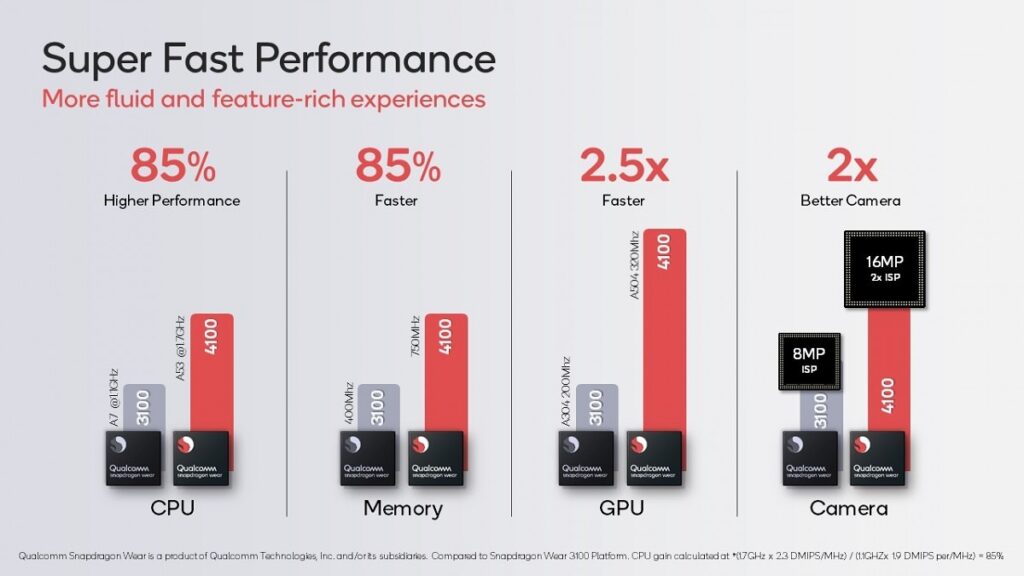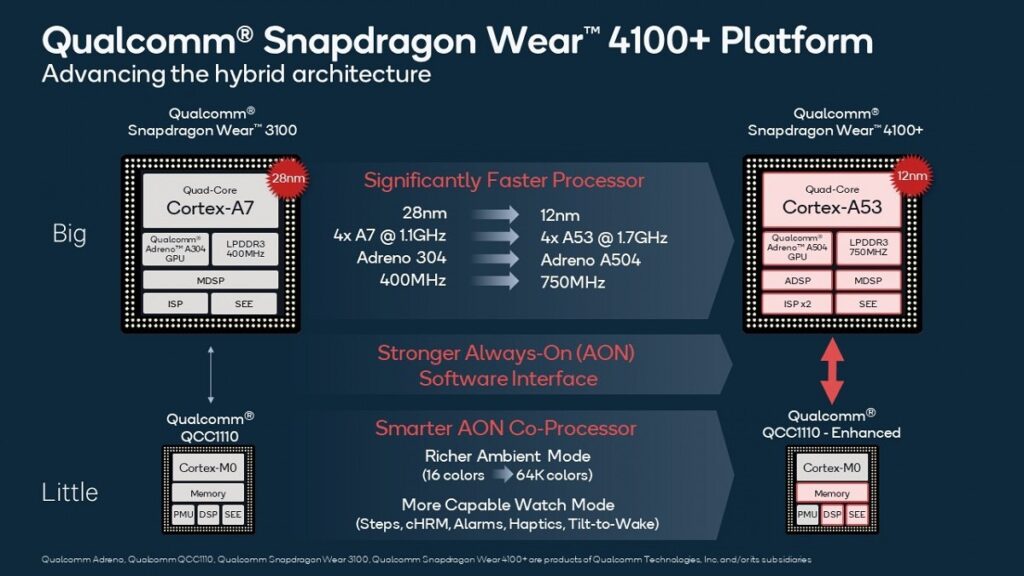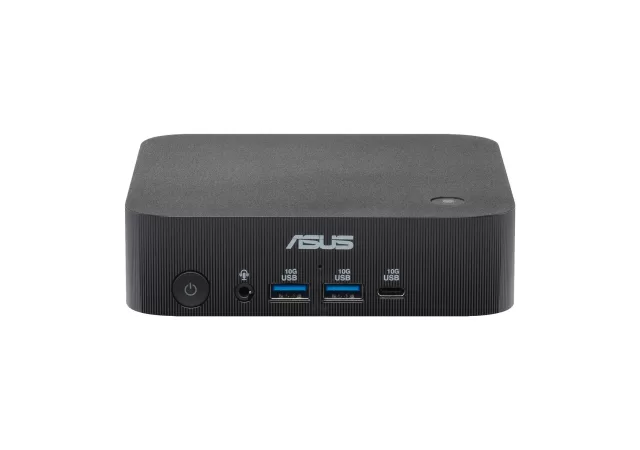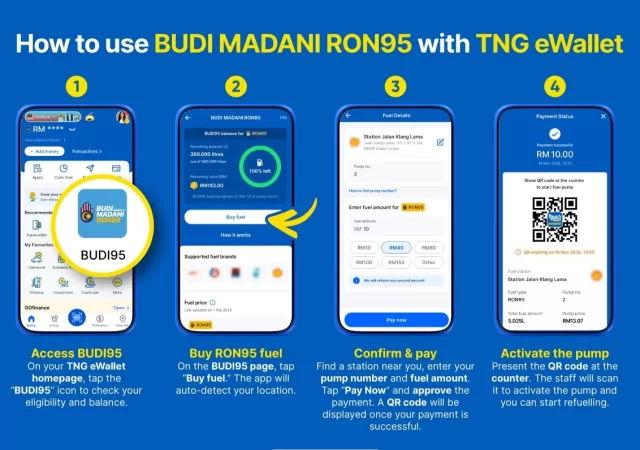Wearables are the rage these days. Well, they have been for the past few years. Of course they would be; they offer unparalleled flexibility and function to something as simple as a wrist watch. Your wrist watch is now your smartphone companion, your fitness tracker, your notification bell, your personal assistant, and your alarm.
The introduction of the new Apple WatchOS just about a week ago also marks a sort of new age for wearables. The same cannot be said, however to the aging platform that is Wear OS. Not that there is nothing new with Wear OS.
The latest Wear OS is technically still in its second generation (2.18 as launched in May 2020). You are already seeing the fourth generation of Wear OS devices in the market currently. The ones that has been pushing for Wear OS plenty is Fossil these days. They do have some pretty good-looking Wear OS devices on offer right now too, for not very much money.
There is another problem, however. The platform that they have been sitting on, the Qualcomm Snapdragon Wear System on a Chip (SoC) that Wear OS rides on is also aging. To be fair, nothing much is really wrong with them. At the same time, they do leave a little bit to be desired.

2020 sees the new Qualcomm Snapdragon Wear 4100 platform. In this new line-up there are two processors unveiled. The top performing being the Qualcomm Snapdragon War 4100+ platform, and then there is the regular 4100 platform.
The headlines are pretty much expected. It is more powerful than the two year-old Qualcomm Snapdragon 3100. It is a lot more energy efficient too, making energy-efficient mode more colourful and functional. There is a whole slew of improvements in managing other features too, including a promised better GPS support. Oh, apparently there is better camera support too for whatever reason.
Of course, all these things are quite expected. To put them into perspective though, you have to look at numbers. Keep in mind that Wearable tech is still in its infancy and is still growing at an exponential rate.
The new 4100 platform is clocked 85% faster than the 3100 platform. Its memory clock is also that much faster while GPU performance is claimed to be more than twice faster than before. No, you might not want to use it for gaming still in a display no bigger than your webcam.
But that allows developers and Google more room for fancy animations, better looking interfaces, and generally plenty more functions to be loaded on top of Wear OS. Heck, it could even mean that you get different variants of Wear OS that fits form and function distinctly.

Apparently also the new 12nm Snapdragon Wear 4100 platform offers 25% more battery life compared to the outgoing 3100 platform. While that is still nothing to shout about, it is an improvement. Now you can have a Wear OS device that lasts to bedtime, rather than one that has to be charged when you get home after work. Or not, depending on what the watchmaker feels like fitting into their hardware.
There is a new 4G modem too in case you want the device to be an eSIM device. That also means you might be able to leave your smartphone behind during a jog in favour of a more secure, lighter package you wear on your wrist. Of course, new improved antenna also means better GPS coverage and tracking.
Currently nothing in Fossil’s line-up will feature the Qualcomm Snapdragon 4100 platform. The first Wear OS device with the Qualcomm Snapdragon 4100 platform will be the Mobvoi TicWatch line up. We can expect to see Fossil to follow suit later in the year. The Wear OS platform now might be worth a look.






